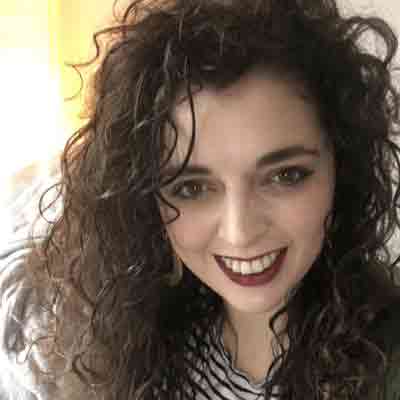Lying close to the Eurasian and African plates, Italy is particularly vulnerable to seismic activity and regularly suffers ‘shaking’ events that are sometimes incredibly destructive.
Communities affected by the major earthquakes are often displaced and sometimes completely destroyed. Dubbed ‘Terremotati’ by Italian press, they live with the impact of earthquakes knowing that they may see another in their lifetime, or the lifetime of their loved ones. Our UKRI-funded REPLACE project asks how can you feel safe to build a future in places where the very foundations are unstable?
“I had said adieu, but in the end, it wasn’t an adieu”
It is well known that disasters have been present throughout the history of humanity. Generally, these events are so catastrophic that they are well documented, providing useful (if bleak) resources for academic research. From ancient times, Italy has experienced various seismic and volcanic disasters that have become embedded into the identity and history of the country. The ruins of Pompeii are a good example of how the history of a disaster has become embedded into a narrative, becoming a UNESCO world history site in 1997, and one of the most popular tourist destinations in the whole country.
When considering the impacts of earthquakes on communities in Italy, it is difficult for non-Italians to consider how often Italy shakes. The first widely adopted intensity scale for measuring earthquakes was cocreated by an Italian (the Rossi-Forel Scale), as was its successor (the Mercalli Intensity Scale). For Italy, it is not case of ‘if’ an earthquake will happen again (relatively low impact quakes happen regularly) but ‘when’ one will be catastrophic. When earthquakes are destructive, they are truly all-encompassing disasters, as seen with the recent quakes in Turkey and Syria.
Rebuild, replace, renew?
We are living in a time of record-breaking environmental disasters. Whilst they are events of catastrophe and loss, there are also hopeful glimmers of resilience, unity and innovation that often come to light in a tragic events aftermath. What happens after these events in places that are destroyed? Most people would agree that these places should be rebuilt. How can a community come together and agree on what is to be replaced and rebuilt? Should it be faithful to its previous form, or built in a completely new way? What parts of a place do communities value most?
By working with communities, REPLACE hopes to carve out a new understanding of how people living in regions affected by earthquakes navigate their environments, and what tools communities need to rebuild.


